
Lanthanum superhydride materials have been created that superconduct at the kind of temperatures seen on a chilly winter’s day. The George Washington University team, led by Russell Hemley and Maddury Somayazulu, claim to have made LaH10 superconduct at 260K, or -13°C, a record for the least cooling needed. And Mikhail Eremets’ team at the Max Planck Institute for Chemistry in Mainz, Germany also claims to have recorded similar high temperature superconductivity in LaH10 at 250K.
Either value contrasts starkly with commercial copper oxide superconductor wires used for electricity distribution, which are cooled to 77K. However, LaH10 will still likely be hard to exploit because experiments are limited to the space between the micrometre-size tips of two diamonds in a diamond anvil cell. Attaining superconductivity requires the diamond anvil cell to exerts pressures of up to 200GPa, two million times that of the Earth’s atmosphere.
Yet, importantly, lanthanum superhydrides continue the move away from discovering new high temperature superconductor materials largely by luck. Instead, scientists including Hemley predicted superconductivity in yttrium and lanthanum superhydrides in July 2017. ‘This combination of theory and experiment – all within the same team – was unique,’ Hemley tells Chemistry World.
Today we understand conventional superconductivity, which enables materials to conduct electricity without any resistance, through the Bardeen, Cooper and Schrieffer (BCS) theory. Resistance occurs when electrons passing through a material bounce off the vibrating nuclei of the atoms that comprise it.
In BCS theory electrons scatter less because they pair up below a superconductor’s critical temperature (Tc). The theory goes that the first electron is attracted to a positively charged nucleus. It distorts the superconductor’s structure as the negatively charged electron attracts surrounding nuclei, creating an area of relative positive charge that attracts a second electron. That fleeting distortion creates a vibration, or phonon, within the material. While these ‘Cooper pairs’ are relatively resistant to being scattered by other vibrations as they travel through a superconductor, they break up above its Tc.
This electron–phonon mechanism influences the energy levels that quantum mechanics dictates electrons exist in, which can be approximately calculated using density functional theory (DFT). Using DFT, Hemley’s team suggested that in LaH10 all vibrations related to interactions between hydrogen atoms would participate in electron–phonon coupling, enhancing superconductivity. Hemley explains that in lanthanum superhydrides coupling between phonons and electrons is also very high.
Superconductors by design
After their predictions, the George Washington University team made LaH10 in January 2018, heating lanthanum metal and hydrogen gas to around 1000K with a laser in a diamond anvil cell. Then, in a preprint paper published in August 20182, they produced LaH10 using ammonia borane rather than hydrogen gas.
Conductivity measurements found that resistance started falling at around 280K, and ‘dropped appreciably’ at 260K at pressures around 200GPa, which are the results that they have now published. Somayazulu explains that Tc is sensitive to the pressures at which the material is synthesised and measured, as different phases and compositions form. ‘The resultant resistivity curves can give different transition temperatures,’ he adds.
Meanwhile, Eremets’ team was exploring hydrogen-rich materials following their previous finding of a 203K Tc in H3 S, which forms at above 90GPa. In December 2018 they published a preprint3 indicating a LaH10Tc around 250K at 170GPa pressure, and a different phase with a 215K Tc. The findings suggest room temperature superconductivity ‘in the near future at high pressures and the perspective of conventional superconductivity at ambient pressure’, the scientists write.
Roald Hoffmann from Cornell University in Ithaca, US, who worked with Hemley on the predictions but not experimental studies, calls the finding ‘very exciting’. He welcomes the rapid replication, but warns that LaH10 is very hard to make. ‘Do not expect a superconductor in your computer tomorrow at room temperature,’ he says.
Eva Zurek from the University of Buffalo, US, calls the way in which the discovery was predicted ‘quite remarkable’. ‘It is an example of materials by design,’ she says. Zurek notes that the covalent bonds between hydrogens in LaH10 are much longer than bonds between the two atoms in molecular hydrogen. ‘This is in part responsible for the large electron–phonon coupling that you see calculated for these systems,’ she adds.
References
1 M Somayazulu et al,Phys. Rev. Lett., 2019, DOI: 10.1103/PhysRevLett.122.027001
2 M Somayazulu et al, 2018, arXiv: 1808.07695
3 A P Drozdov et al, 2018, arXiv: 1812.01561





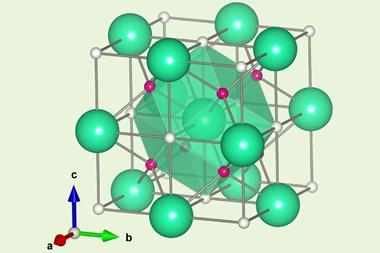
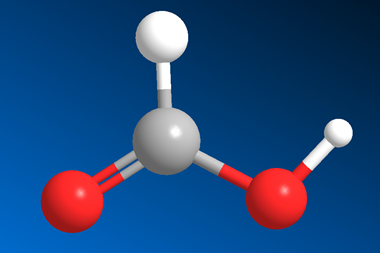
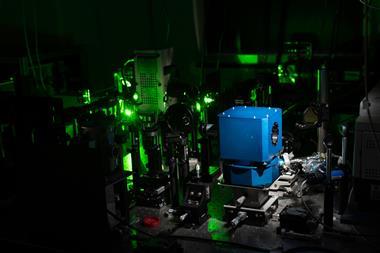
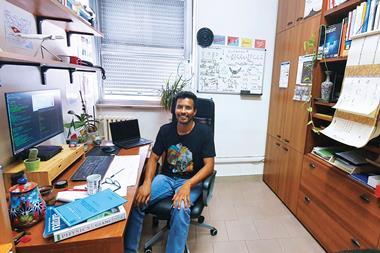
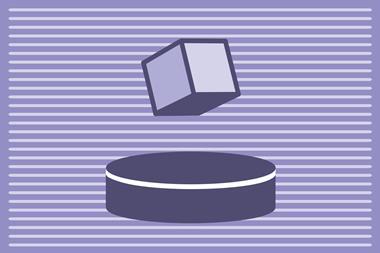
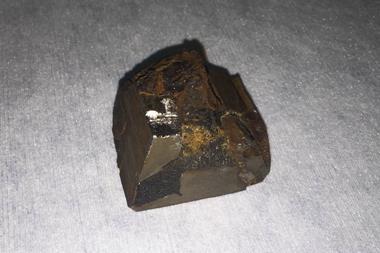






No comments yet